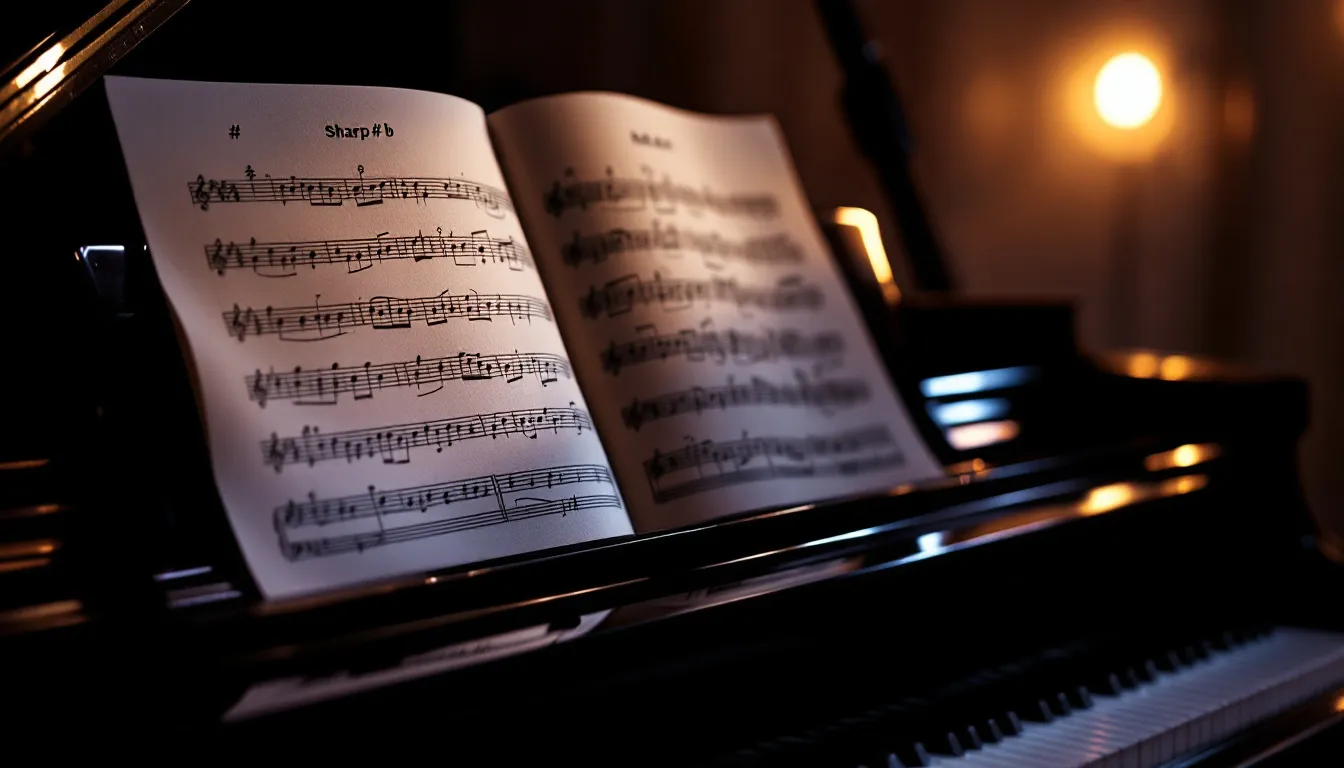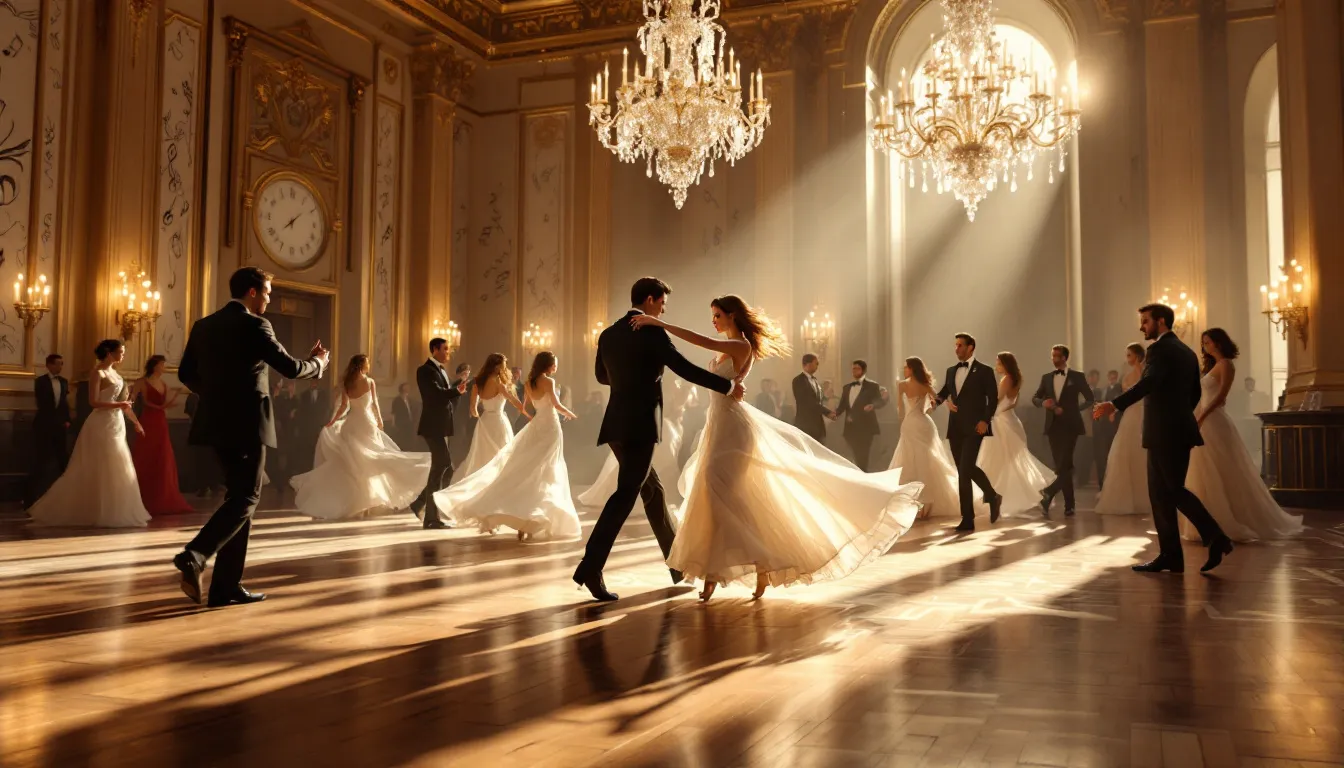
How Can You Achieve ‘Vibrato’ on the Piano?
Vibrato in music is a subtle, rapid pitch variation that adds warmth and expression, often used by singers and string players. While the piano can’t produce true vibrato due to its fixed-pitch nature, pianists can simulate this effect using techniques like rapid note repetition or subtle changes in dynamics and articulation. To achieve a ‘vibrato’ […]
Continue reading →







